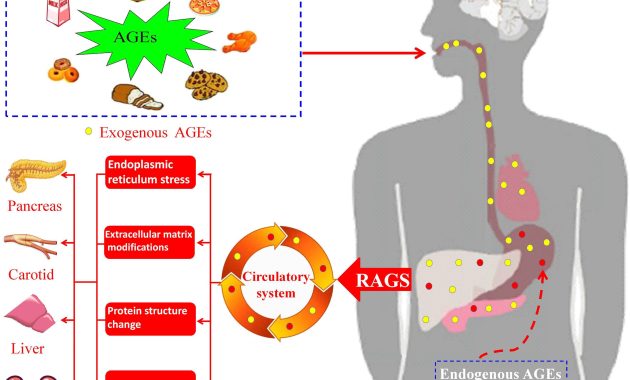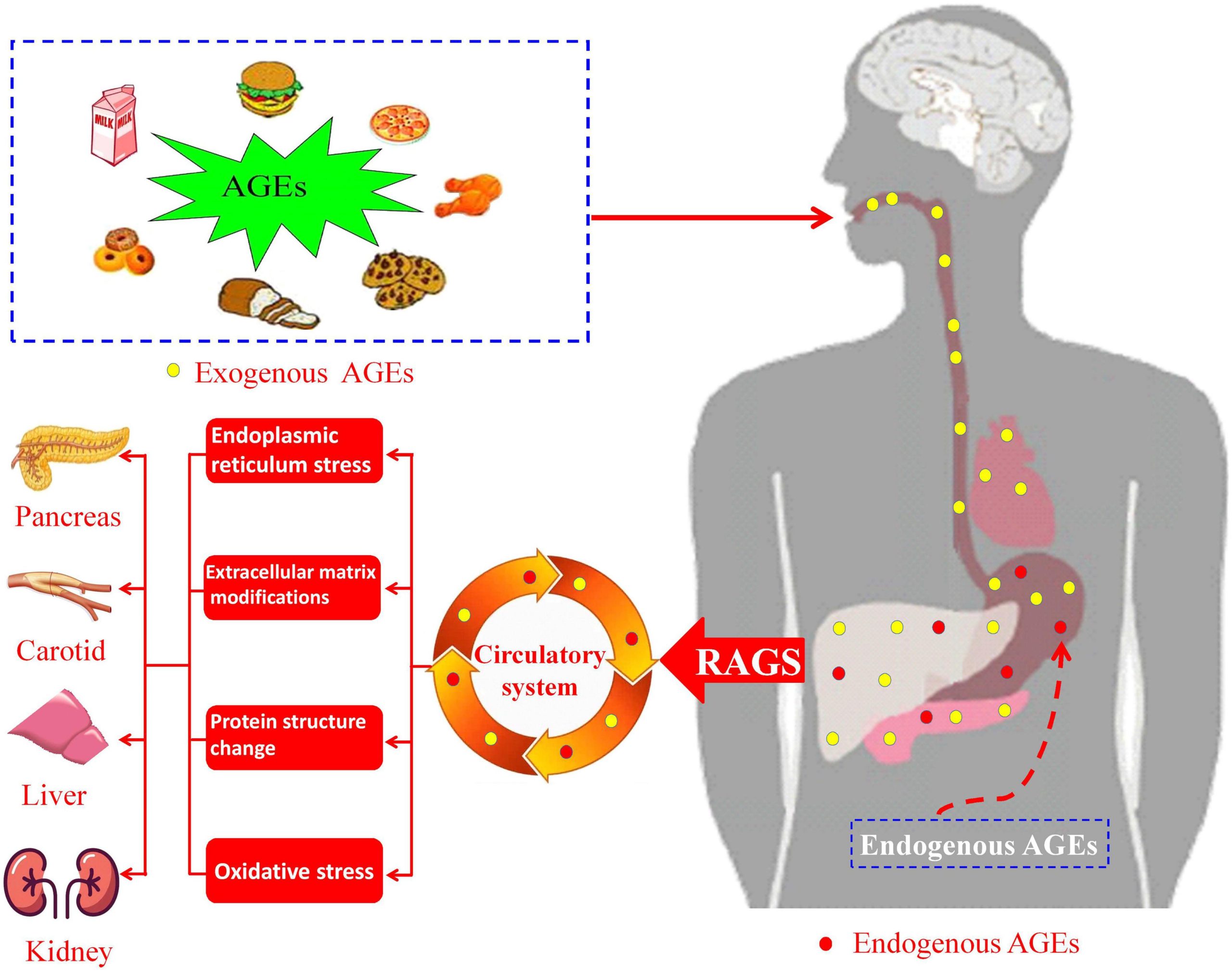
How to End Diabetes Crashes With These Smart Eating Hacks
Managing diabetes is a constant balancing act. For those living with this condition, the highs and lows of blood sugar can feel like a roller coaster. One of the most challenging aspects is preventing and managing blood sugar crashes. These crashes, also known as hypoglycemia, can lead to a range of unpleasant and even dangerous symptoms. This article explores effective eating hacks to help you stabilize your blood sugar and end these disruptive crashes. We will delve into the science behind these hacks and provide practical tips to implement them in your daily life.
Understanding Diabetes and Blood Sugar Fluctuations
Diabetes, a metabolic disorder, affects how your body uses glucose. Glucose, derived from the food we eat, is the primary source of energy for our cells. In individuals with diabetes, either the body doesn’t produce enough insulin (Type 1 diabetes), or the cells become resistant to the insulin produced (Type 2 diabetes). Insulin is the hormone that helps glucose enter cells to be used for energy. Without sufficient insulin, glucose builds up in the bloodstream, leading to hyperglycemia (high blood sugar).
Conversely, when blood sugar drops too low, hypoglycemia occurs. This can happen for several reasons, including taking too much insulin, skipping meals, or exercising vigorously without adjusting medication or food intake. Symptoms of a blood sugar crash can vary in severity, ranging from mild shakiness and sweating to severe confusion and loss of consciousness. Understanding these fluctuations is the first step in managing them effectively. The goal is to maintain blood sugar levels within a healthy range, preventing both hyperglycemia and hypoglycemia.
The Science Behind Blood Sugar Crashes
The body has intricate mechanisms to regulate blood sugar. When blood sugar levels drop, the body releases hormones like glucagon, which signals the liver to release stored glucose. However, this natural response can be delayed or insufficient in individuals with diabetes, especially if the condition is not well-managed. The speed at which glucose enters the bloodstream from food, known as the glycemic index (GI), plays a significant role in blood sugar fluctuations. High-GI foods are quickly digested and cause rapid spikes in blood sugar, which can then lead to a subsequent crash as the body overcompensates with insulin.
Factors such as meal timing, portion sizes, and the composition of meals also influence blood sugar levels. Skipping meals or consuming large portions of carbohydrates without sufficient protein and fat can increase the risk of crashes. Furthermore, the type of carbohydrates consumed matters. Simple carbohydrates, like those found in sugary drinks and processed snacks, are rapidly absorbed and can cause dramatic blood sugar swings. Complex carbohydrates, such as whole grains and vegetables, are digested more slowly, leading to more gradual changes in blood sugar.
Smart Eating Hacks to Prevent Diabetes Crashes
Implementing the following eating hacks can significantly reduce the frequency and severity of blood sugar crashes. These strategies focus on balancing meals, choosing the right foods, and maintaining a consistent eating schedule. These hacks are practical, evidence-based, and can be easily incorporated into your daily routine.
Prioritize Balanced Meals
A balanced meal consists of a combination of carbohydrates, protein, and healthy fats. This combination slows down the absorption of glucose, preventing rapid blood sugar spikes and subsequent crashes. Aim for a plate that includes: a portion of lean protein (e.g., chicken, fish, beans), non-starchy vegetables (e.g., broccoli, spinach), and a moderate amount of complex carbohydrates (e.g., whole grains, sweet potatoes). Avoid large portions of simple carbohydrates.
Choose Low-Glycemic Index (GI) Foods
Low-GI foods are digested slowly and release glucose gradually into the bloodstream. This helps to maintain stable blood sugar levels. Examples of low-GI foods include: non-starchy vegetables, most fruits (especially berries), whole grains (e.g., oats, quinoa), legumes, and nuts. Incorporate these foods into your meals and snacks to minimize the risk of blood sugar crashes. Be mindful of portion sizes, as even low-GI foods can impact blood sugar if consumed in excess.
Plan Your Meals and Snacks
Consistency is key in managing diabetes. Skipping meals or going long periods without eating can increase the risk of hypoglycemia. Plan your meals and snacks ahead of time to ensure you have a consistent intake of food throughout the day. Aim to eat every 3-4 hours. Keep healthy snacks on hand, such as nuts, yogurt, or a piece of fruit, to prevent hunger and maintain stable blood sugar levels. This proactive approach helps prevent blood sugar crashes.
Combine Carbohydrates with Protein and Fat
Eating carbohydrates alone can lead to rapid blood sugar spikes. Pairing carbohydrates with protein and healthy fats slows down the digestion process and the absorption of glucose. For example, instead of eating a piece of fruit on its own, combine it with a handful of nuts or a serving of Greek yogurt. This combination provides a more sustained release of energy and helps prevent crashes. This eating strategy is a powerful tool against diabetes crashes.
Monitor Portion Sizes
Even healthy foods can cause blood sugar spikes if consumed in large quantities. Be mindful of portion sizes, especially when eating carbohydrate-rich foods. Use measuring cups and spoons to ensure accurate portioning. Pay attention to food labels and track your carbohydrate intake. Overeating can lead to unstable blood sugar levels and increases the risk of diabetes crashes. Moderation is essential for effective diabetes management.
Stay Hydrated
Dehydration can affect blood sugar levels and increase the risk of hypoglycemia. Drink plenty of water throughout the day. Avoid sugary drinks, which can cause rapid blood sugar spikes. Water helps your body function optimally, including its ability to regulate blood sugar. Staying hydrated can contribute to more stable blood sugar levels and reduce the likelihood of experiencing a diabetes crash.
Additional Tips for Managing Diabetes Crashes
In addition to smart eating hacks, consider these additional tips to further manage and prevent blood sugar crashes. These tips address lifestyle factors, medication management, and emergency preparedness.
Regular Exercise
Regular physical activity improves insulin sensitivity, which helps your body use glucose more effectively. Exercise can also help to stabilize blood sugar levels. However, it’s essential to monitor your blood sugar before, during, and after exercise. Adjust your medication or food intake as needed to prevent hypoglycemia. Consult with your healthcare provider to develop an exercise plan that is safe and effective for your diabetes management. Be aware that exercise can sometimes lead to a drop in blood sugar, so preparation is key to end diabetes crashes.
Medication Management
Work closely with your healthcare provider to manage your diabetes medications. Understand how your medications affect your blood sugar levels. Ensure you are taking the correct dosage at the right times. If you experience frequent blood sugar crashes, discuss adjusting your medication regimen with your doctor. Never adjust your medication without consulting your healthcare provider, as this could worsen your condition. Proper medication management is critical for preventing and ending diabetes crashes.
Recognize Hypoglycemia Symptoms
Learn to recognize the early warning signs of hypoglycemia. Common symptoms include: shakiness, sweating, dizziness, hunger, and confusion. If you experience these symptoms, check your blood sugar immediately. If your blood sugar is low (typically below 70 mg/dL), treat it promptly with a fast-acting carbohydrate, such as glucose tablets or juice. Prompt action can prevent a full-blown crash. Being aware of your body and recognizing these symptoms is crucial in ending diabetes crashes.
Carry Emergency Supplies
Always carry a fast-acting carbohydrate source, such as glucose tablets or juice, to treat hypoglycemia. Also, carry your diabetes identification card or medical bracelet. Inform your family, friends, and colleagues about your diabetes and how to help you if you experience a blood sugar crash. Emergency preparedness can make a significant difference in managing diabetes and preventing complications. These supplies are essential for anyone dealing with diabetes to end diabetes crashes.
Consult with a Healthcare Professional
Work closely with your healthcare team, including a doctor, certified diabetes educator, and registered dietitian. They can provide personalized guidance and support for managing your diabetes. They can help you develop a tailored meal plan, adjust your medication, and address any specific concerns you may have. Regular check-ups and open communication with your healthcare professionals are essential for effective diabetes management and ending diabetes crashes.
Conclusion: Taking Control of Your Blood Sugar
Managing diabetes and preventing blood sugar crashes requires a proactive and informed approach. By implementing these smart eating hacks and following the additional tips, you can stabilize your blood sugar levels and improve your overall health. Remember that consistency is key. Monitor your blood sugar regularly, and adjust your strategies as needed. With the right knowledge and tools, you can take control of your diabetes and live a healthier, more fulfilling life. Ending diabetes crashes is within your reach through informed choices and proactive management.
By focusing on balanced meals, choosing low-GI foods, planning your meals and snacks, combining carbohydrates with protein and fat, monitoring portion sizes, and staying hydrated, you can significantly reduce the risk of blood sugar crashes. Remember to consult with your healthcare team for personalized guidance. Your commitment to these strategies will empower you to manage your diabetes effectively and end those disruptive crashes. These smart eating hacks are designed to help you live a healthier life.
This comprehensive guide provides essential information and practical advice to help you manage your diabetes. It focuses on how to end diabetes crashes. Implementing these strategies will empower you to take control of your health. Remember, consistency and proactive management are key to success. [See also: Related Article Titles]

